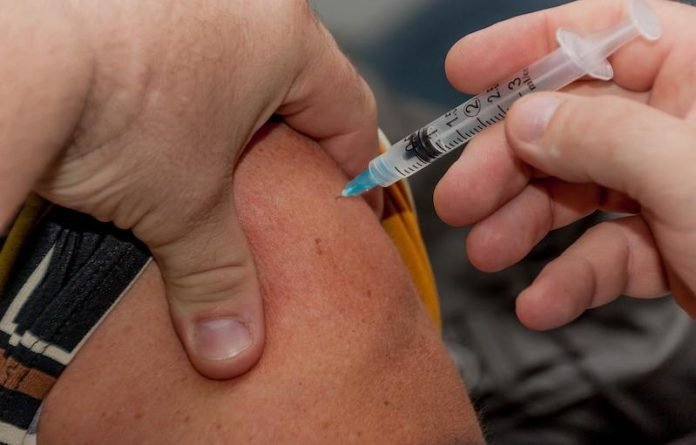
In a study from Georgia State University, scientists found a new universal flu vaccine may protect against diverse variants of both influenza A and B viruses.
They designed a single, universal influenza vaccine candidate with key cross-protective, less variable parts of the influenza A and B viruses
Current influenza vaccines are based on strain-specific immunity to hemagglutinin, a highly variable target of immune protection.
Annual influenza vaccination is recommended, but the effectiveness of the seasonal vaccine is unpredictable and could be below 20% because of continuous changes in hemagglutinin proteins.
Therefore, influenza remains a high risk to human health worldwide.
In the study, the team found mice vaccinated with the new flu vaccine were protected against influenza A seasonal variants and pandemic potential viruses (H1N1, H5N1, H3N2, H9N2 and H7N9) and influenza B (Yamagata and Victoria lineage) viruses.
The findings provide impactful insight into developing a universal influenza vaccine inducing broad immunity against both flu A and B variants in young and aged populations.
This study supports a novel strategy for creating a universal vaccine against influenza A and B viruses.
A single construct displaying multiple cross-protective proteins has the capacity to induce immunity to M2 and multi-subtype neuraminidase proteins of influenza A and B viruses, as well as offer broad cross-protection against sickness and mortality under lethal flu virus challenges.
The study warrants further testing of this unique, universal vaccine candidate in ferrets, which have similar respiratory tracts to humans.
If you care about flu, please read studies about nutrient essential for boosting immune system, and hospitalized COVID-19 patients 3 times more likely to die than people with flu.
For more information about the immune system, please see recent studies about new way to trigger immune system against COVID-19, and results showing green tea can boost your immune function.
The study was conducted by Dr. Sang-Moo Kang et al and published in the journal PLOS Pathogens.
Copyright © 2022 Knowridge Science Report. All rights reserved.



